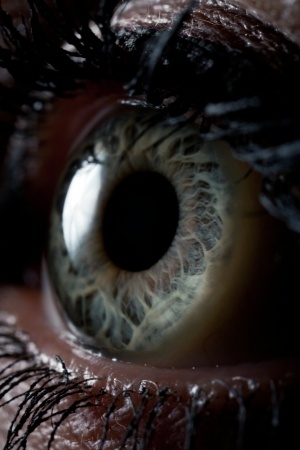What Is The History Of Hypnotherapy?
Is It An Approved Medical and Psychological Treatment?
Hypnotherapy as we know it today gained popularity in the 1900s due to Milton H. Erickson, a successful psychiatrist who used hypnosis in his practice, and the Mayo Clinic, which pioneered the use of hypnosis as a means of pain control to limit chemical anesthesia in surgical procedures. This technique later became known as hypno-anesthesia. In 1958, the American Medical Association* and the American Psychological Association recognized hypnotherapy as a valid medical procedure. Dr. John G. Kappas, Ph.D., who founded the Hypnosis Motivation Institute in 1968, revolutionized the modern practice of hypnotherapy and authored the definition of “Hypnotherapist” in the Federal Dictionary of Occupational Titles in 1973.
And since 1995, the National Institutes of Health (NIH) has recommended hypnotherapy as a treatment for chronic pain.
“Hypnosis is safer than virtually any medication any of us doctors use.”
∼ David Spiegel, M.D., Stanford University, School of Medicine
Hypnotherapy has been proven safe and effective as both an alternative and complimentary approach to conventional medicine and psychology practices. There is an ocean of literature and research demonstrating the efficacy of hypnosis in facilitating healing by countering stress, enhancing immune system responses, and empowering patients to actively participate in their wellness process. You can review some of the significant published research on hypnosis here.
*In 1987, the American Medical Association (“AMA”) rescinded almost all the policies it had endorsed from 1891 to 1958, with the exception of those concerning internal matters and the AMA’s representational position to the government. All policies related to diagnostic and therapeutic modalities, including hypnosis, were rescinded. As a result, the AMA currently has no official position on the use of hypnosis.
Nonetheless, the research studies and reports upon which the AMA based its original endorsement are firmly grounded in scientific knowledge and clinical experience. Since 1957, a body of evidenced based research has been published, documenting the cost effectiveness and efficacy of hypnosis in specific clinical settings. In addition, fundamental advances in neuroscience and brain function in health and illness are made possible by utilizing medical hypnosis in the laboratory. This body of literature is extensive and is relied on by licensed clinicians and university researchers alike.
It is relevant to note that the 1987 rescission of the hypnosis endorsement and other policies by the AMA correlates with its evolution into a lobbying giant and member services entity—one that is tethered to the drug companies and deeply entwined in the profit-based health industry. Financial and membership related conflicts of interest have tarnished the AMA’s reputation, and from the perspective of integrative medicine practitioners and many others, it is no longer considered a neutral accrediting organization (learn more by reading the article “A Symbiotic Relationship, The AMA & The For-Profit Health Lobby” published by Think Progress here). In 2015, the AMA was the third largest lobby spender in Washington.
If you have questions or wish to find out how Cathexis Therapeutic Imagery can benefit you, please call (818) 512-4371.


